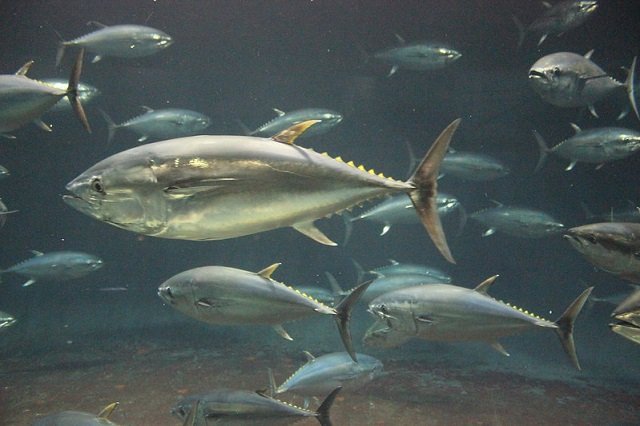Belgium.- European Market Observatory for Fisheries and Aquaculture Products (EUMOFA) published “Smoked salmon in France: Price structure in the supply chain”.
The main findings of the case study are:
– The overall worldwide supply of fresh Atlantic salmon is insufficient compared to the demand from 2010 onwards (drop in Chilean production), pushing prices up. Substitutions by Pacific salmons or trout do not fill the gap.
– The increase in fresh salmon prices since 2013 combined with campaigns pointing out controversial rearing conditions in Norway caused important perturbations both in the market (decrease in consumer demand) and the industry (business failure and restructuring) in France and more widely in the EU.
– The EU smoked salmon processing industry covers the needs of the EU market, estimated at 155.000 tonnes and exports some 9.000 tonnes to third countries.
– Although having ex-factory prices inferior by 30-35% to those of French processors, Polish companies faced a decrease in their exports to France. After a rapid growth of Polish exports to France (13% from 2009 to 2013), for the first time they decreased by 22% in 2014. Coordinated strategies of French processors for developing new products, promoting quality
(dry salted, never frozen) and sourcing from sustainable production systems (organic, wild salmon from well managed fisheries, GlobalGap certified aquaculture…) have proven successful.
– Cost structure and price transmission along the French value chain changed significantly between 2009 and 2013. The increase in fresh salmon price (+ 36%) was not fully passed on to ex-factory prices (+34%) and negatively impacted the operating margins of processors that only grew by + 31% in value. Retailers appear to have amortized most of the effects of the increase in aquaculture and processing prices, containing the retail price increase to only +13%. The average gross margin of retailers dropped from 38,2% in 2009 to 18,7% in 2013.
Stay Always Informed
Join our communities to instantly receive the most important news, reports, and analysis from the aquaculture industry.
– The price elasticity of demand reached a breaking point in 2013 when smoked-salmon price exceeded 25 EUR, causing drops both in purchase frequency and proportion of purchasing households.
– Trends observed in the French market in the recent period show that price is not the only, even not the main, component of competitiveness. French processors have regained some market shares through differentiation strategies and the promotion of “superior” smoked salmon. The overall consumption of smoked salmon decreased from 2013 onwards, as the result of the increase of retail prices. It does affect more low-range products than “superior”, and expensive, products.
Reference (open):
EUMOFA. 2016. Smoked salmon in France: Price structure in the supply chain. http://www.eumofa.eu/documents/20178/97023/Price+structure_Smoked+salmon+in+FR.pdf/bb2c0ea3-53d7-4cca-a4ad-a349982a2cf1
Editor at the digital magazine AquaHoy. He holds a degree in Aquaculture Biology from the National University of Santa (UNS) and a Master’s degree in Science and Innovation Management from the Polytechnic University of Valencia, with postgraduate diplomas in Business Innovation and Innovation Management. He possesses extensive experience in the aquaculture and fisheries sector, having led the Fisheries Innovation Unit of the National Program for Innovation in Fisheries and Aquaculture (PNIPA). He has served as a senior consultant in technology watch, an innovation project formulator and advisor, and a lecturer at UNS. He is a member of the Peruvian College of Biologists and was recognized by the World Aquaculture Society (WAS) in 2016 for his contribution to aquaculture.



